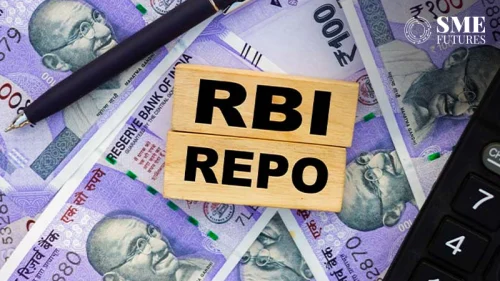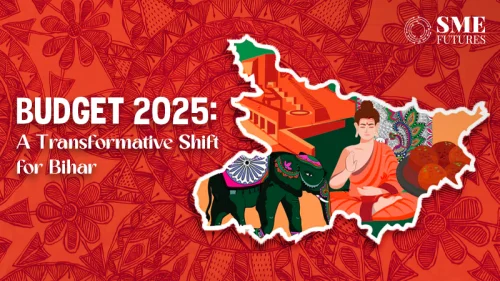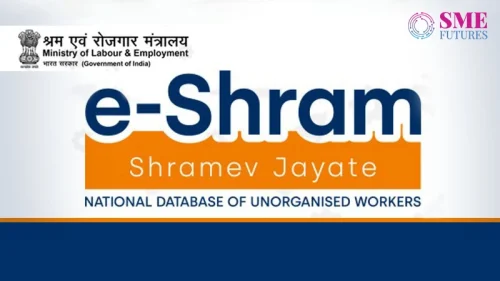The total addressable market size of business process outsourcing (BPO) services in India, in terms of spending opportunity, is set to grow at a compound annual growth rate (CAGR) of 5.8% between 2020 and 2025, driven by huge enterprise push for outsourcing knowledge-based and vertical-specific processes, says GlobalData, a leading data and analytics company.
Pragyan Tarasia, Senior Technology Analyst at GlobalData, comments: “The country’s expertise in providing knowledge-based and vertical specific services particularly in areas such as healthcare, life sciences, banking, insurance, legal processing, risk management, financial research, research and analytics, and digital marketing, are expected to drive growth during the forecast period.”
According to GlobalData Market Opportunity Forecasts to 2025: ICT in India, the BPO market in India is expected to reach US$8.8bn in 2025, which is also supported by the country’s efforts to liberalize regulatory guidelines for the BPO industry in recent times to ward off competition from countries like the Philippines, Malaysia, Mexico, and Canada.
For instance, in June 2021 the government liberalized guidelines for Voice-based BPO firms (classified under other service providers (OSP)) by removing distinction between domestic and international service centers and allowing interconnectivity between all types of OSP centers. This will enable global companies with voice service centers in India to serve domestic as well as global customers with common telecom infrastructure, something that earlier required separate, dedicated infrastructure.
The new guidelines also allow OSPs to locate their electronic private automatic branch exchange (EPABX) anywhere in the world enabling their remote agents to connect directly with customers’ or centralized EPABX using any technology including wireless/wireline broadband, without the need to connect with the OSP center, thus avoiding double hop. Besides, providing ease of work for their employees who relocated to remote areas after COVID-19 pandemic and enabling them to work from anywhere will also help BPO firms to improve scale and speed of services.
Earlier in November 2020, the government had simplified BPO and ITES guidelines to ease the compliance burden on service providers and establish the ‘Work-From-Home’ and ‘Work-From-Anywhere’ framework. The changed rules for OSPs were introduced to create a simple regulatory regime for remote operations and remove frequent reporting obligations for such companies.
Tarasia adds: “The new guidelines will go a long way in enabling ease of doing business for the industry and establishing the country as the most preferred hub for BPO services in the world. India’s support in the form of India BPO Promotion Scheme (IBPS) under the Digital India Programme to incentivize the country’s BPO/ITES operations, create employment opportunities and drive growth of the sector also augurs well for service providers.”
Among all the BPO service segments analyzed, vertical-specific BPO services will account for largest share of the overall enterprise BPO spending through the forecast period. Enterprise spending on finance and accounting BPO segment, on the other hand, will grow at a fastest CAGR 9.6 per cent during the forecast period.
Tarasia concludes: “The large enterprise segment (1,000+ employees) will account for largest share of the total BPO spending in India through the forecast period. Given the wider scale and geographically spread-out operations that they are typically associated with, large enterprises are more likely to outsource their key processes to focus on their core business operations. The combined spending from micro (1-50 employees), and small and medium enterprises (51-1,000 employees), on the other hand, will increase at a CAGR of 5.8 per cent over the forecast period.”











